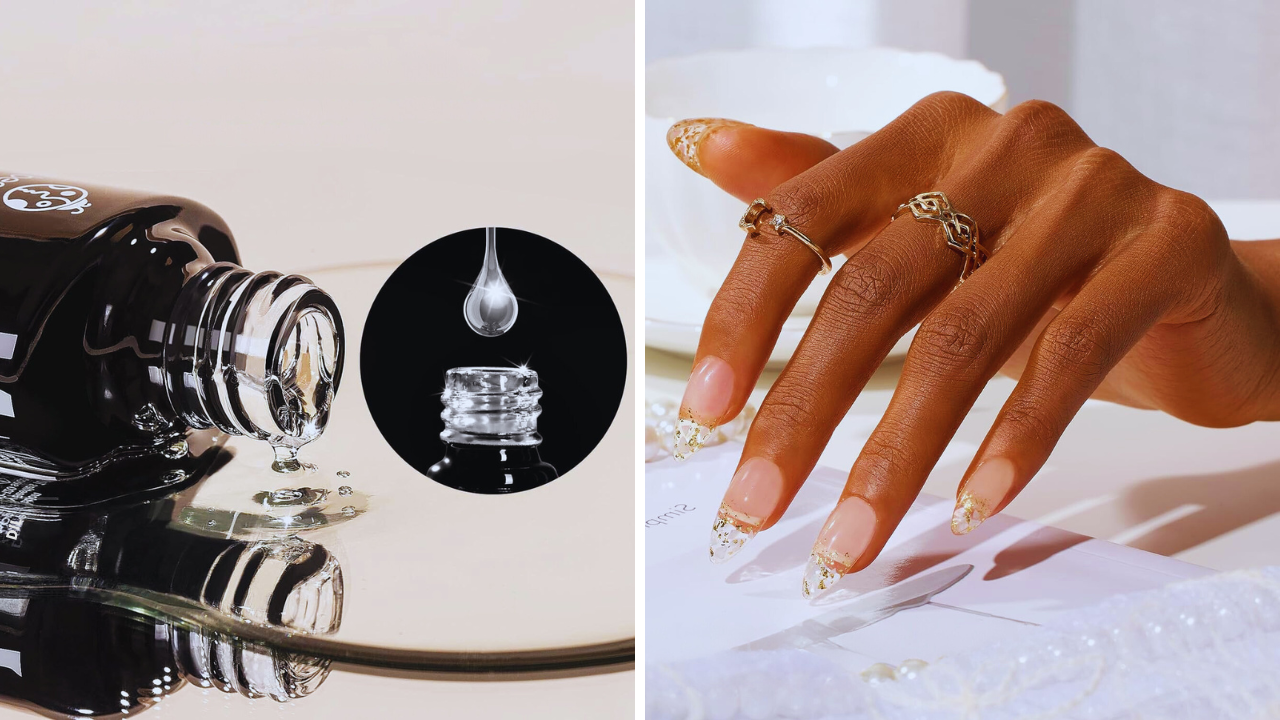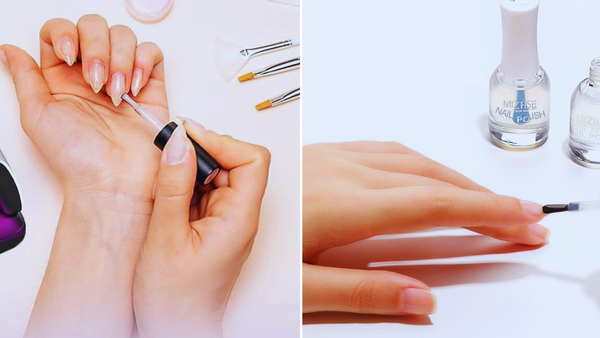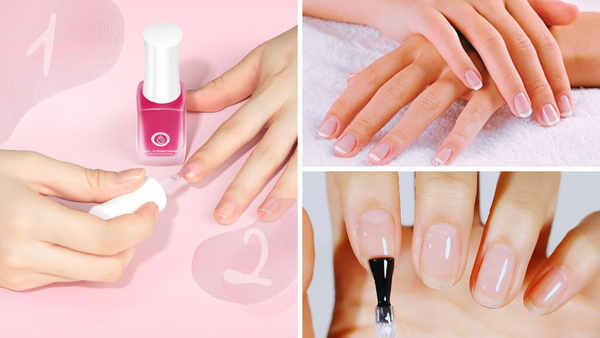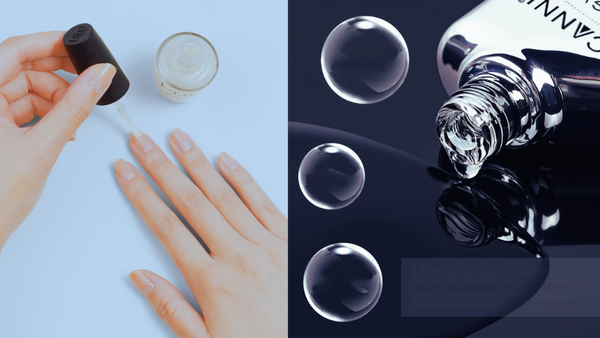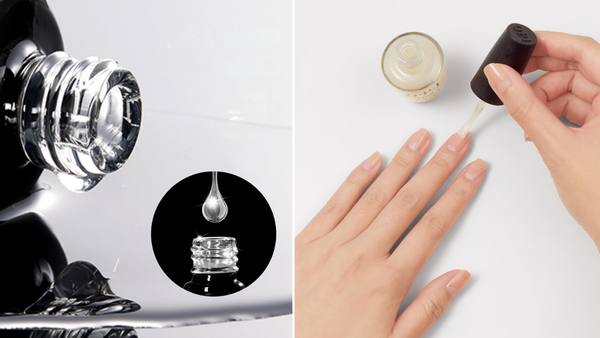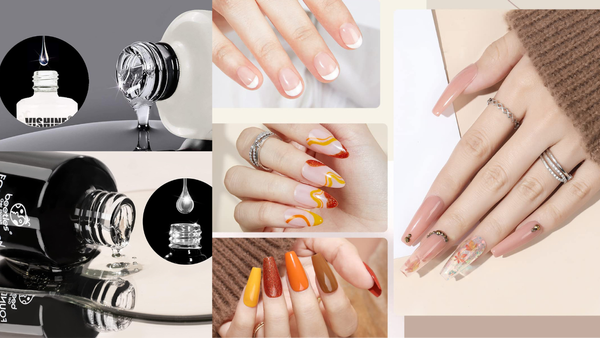Key Takeaways:
- Clear gel can last on nails for up to two to three weeks with proper application and maintenance.
- Gel manicures require UV or LED light to cure and are more durable than traditional nail polish.
- To maintain nail health, it's important to properly remove gel polish and nourish nails regularly.
Gel manicures have revolutionized the beauty industry, offering a long-lasting and glossy alternative to traditional nail polish. But exactly how long does clear gel last on nails? This is a question that many nail enthusiasts and those new to gel polish often ask. In this article, we'll explore the durability of clear gel manicures, factors that affect their longevity, and tips to make your gel mani last longer.

The Lifespan of a Clear Gel Manicure
When applied correctly, clear gel polish can maintain its shine and stay chip-free for up to two to three weeks. This is significantly longer than regular nail polish, which can start to chip within a few days. The secret behind the longevity of gel manicures lies in the curing process, where the gel polish is hardened under a UV or LED lamp, creating a durable layer that adheres strongly to the natural nail.
Factors That Influence Gel Durability
Several factors can influence how long clear gel lasts on nails. The skill of the nail technician, the quality of the gel products used, and the natural nail's condition all play a role. Proper preparation of the nail bed, including the removal of cuticles and buffing of the nail plate, ensures better adhesion of the gel. Additionally, the type of top coat applied and the curing time under UV or LED light can affect the gel's resilience.
Maintaining Your Gel Manicure
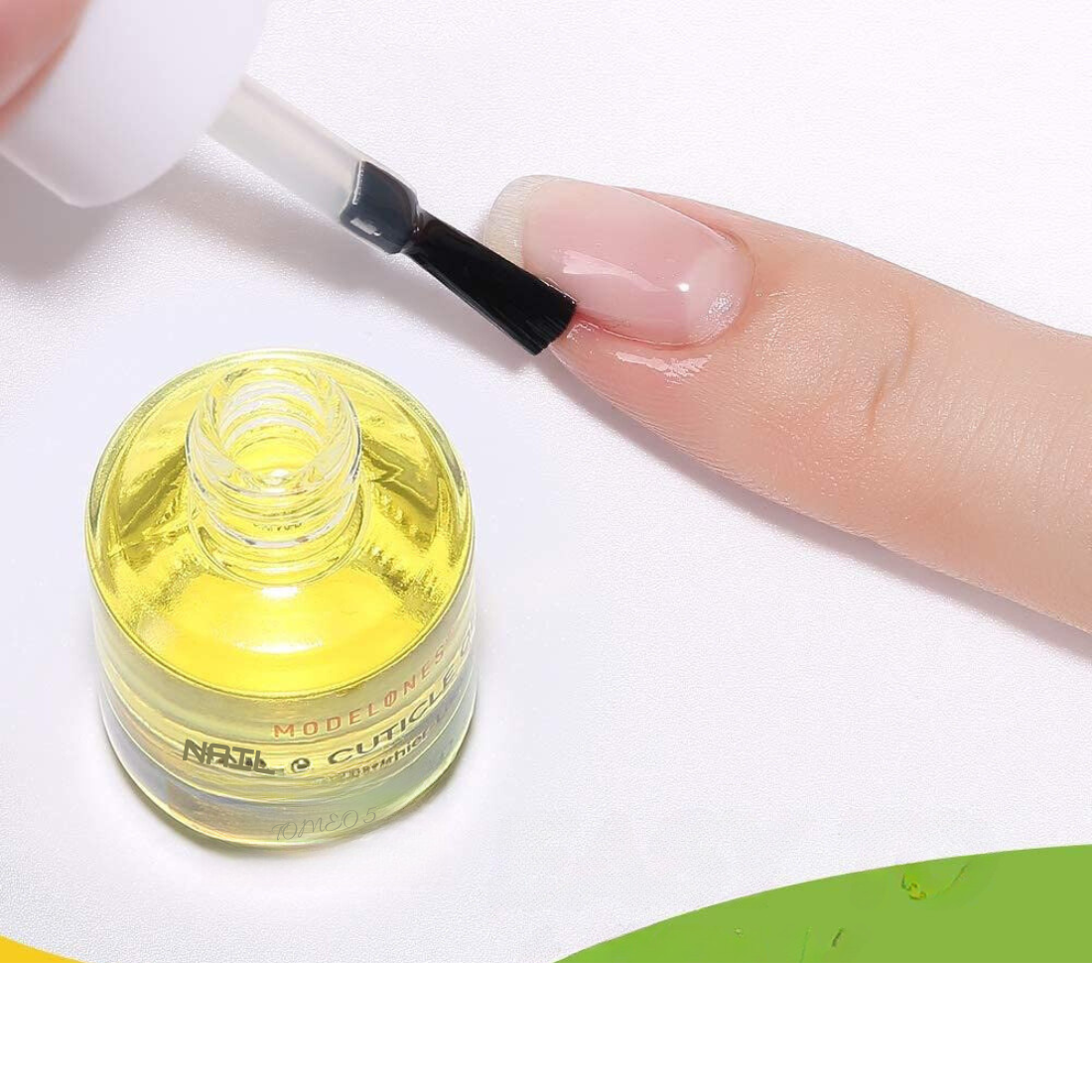
To keep your gel manicure looking fresh, it's important to protect it from harsh chemicals and avoid using your nails as tools. Regularly applying cuticle oil can help maintain the surrounding skin and nails healthy, while wearing gloves during cleaning can prevent premature chipping or peeling.
The Removal Process
The removal process is crucial to preserving nail health. Gel polish should not be peeled off, as this can damage the nail beds. Instead, it should be soaked in acetone and gently removed with a specialized tool. Following the correct removal process can prevent damage and keep your nails strong.
UV Exposure and Nail Health
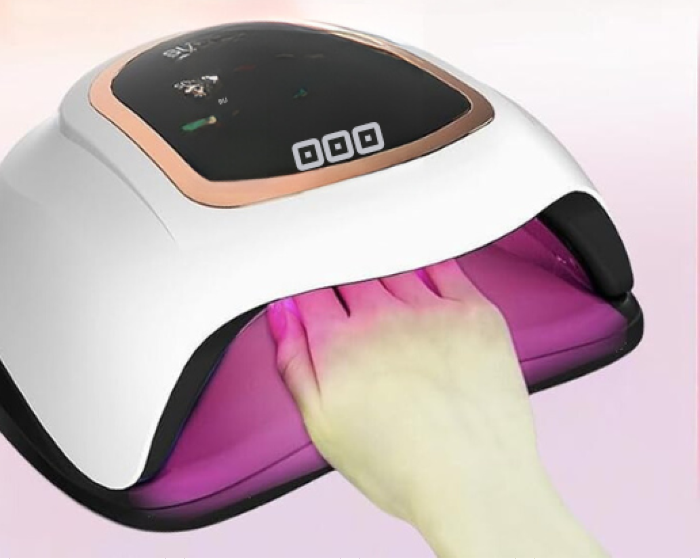
While UV lamps are essential for curing gel polish, there is concern about UV exposure and the risk of skin cancer. To minimize risks, applying sunscreen to the hands before a gel manicure or opting for LED lamps, which emit less UV radiation, is advisable. Nail health should always be a priority when getting gel manicures.
Gel Manicure Safety Concerns
Regarding gel manicures, safety is a topic that often bubbles up in beauty circles. UV light to cure gel polish has raised concerns about skin cancer risks similar to those associated with tanning beds. However, the exposure during a gel manicure is quite brief. To mitigate any potential risks, applying sunscreen to your hands before a gel mani can be a wise precaution. Additionally, some nail salons have started using LED lamps instead, which cure faster and reduce UV exposure time.
Despite the convenience of long-lasting gel polish applications, there's a debate about whether gel manicures are safe for the natural nail. Some experts suggest that the hardening process can lead to nail damage over time, especially if the removal is not done gently. To keep your nails healthy, it's crucial to give them a break between gel applications and to nourish them with cuticle oil and other moisturizing treatments. This helps maintain the integrity of the nail plate and surrounding skin.
Gel Manicure Aftercare Tips
Caring for your gel manicure is crucial to ensure it lasts as long as possible. After leaving the nail salon, remember that your nails are not just a canvas for beautiful art but also a part of your body that requires care. To keep your gel nails looking fresh and to extend the lifespan of your clear gel, it's essential to wear gloves while doing household chores, especially when dealing with water and cleaning products. These can weaken the gel polish's adhesion to the nail plate, leading to premature chipping or peeling.
Moreover, hydration is key for maintaining both nail health and the integrity of your gel manicure. Regularly applying cuticle oil can prevent your cuticles and the surrounding skin from becoming dry and flaky, which can affect the appearance of your nails. Additionally, cuticle oil can help to keep the natural nail beneath the gel polish healthy and strong. This simple aftercare step can make a significant difference in how long your clear gel lasts on nails, often helping to extend the wear beyond the typical two-week mark.
The Role of UV and LED Lights in Gel Manicures
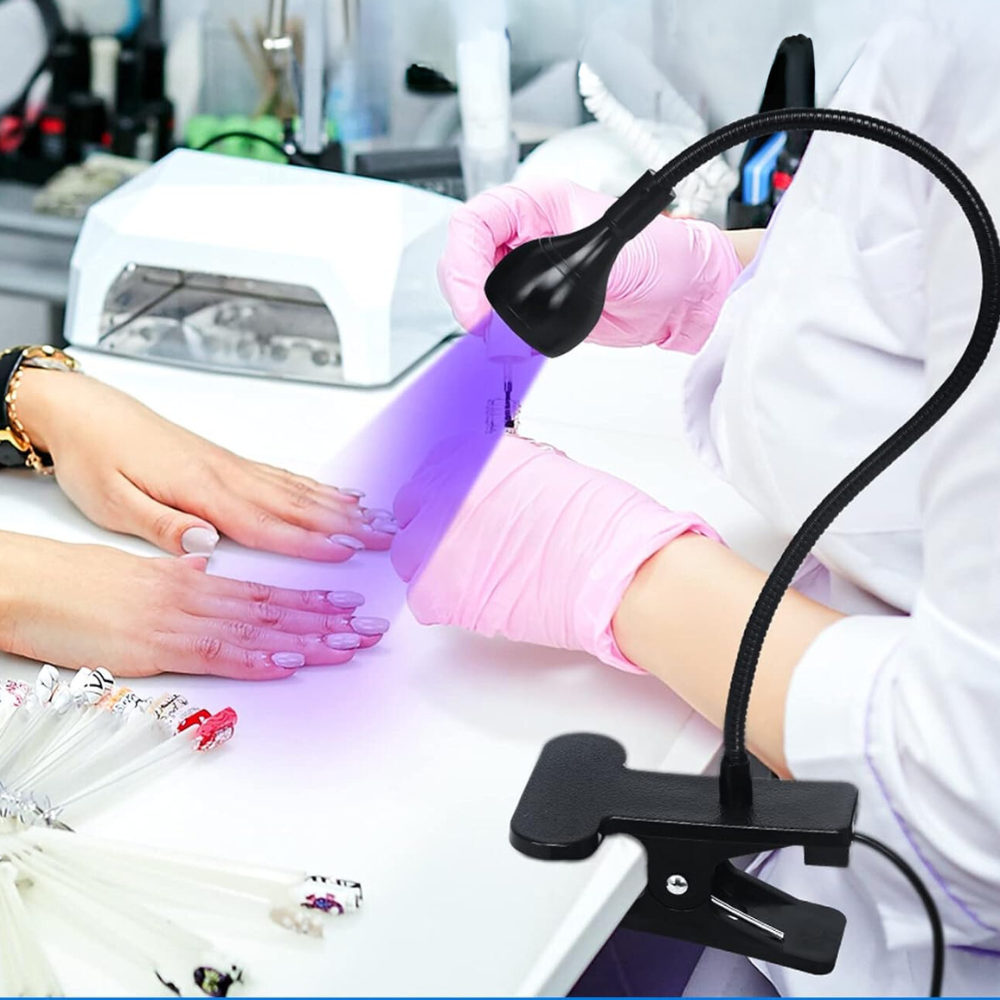
The curing process sets gel manicures apart from traditional nail polish applications. When you get a gel mani, the nail technician will use either a UV or LED lamp to cure each layer of gel polish, from the base coat to the top coat. This curing process creates a hardened layer much more durable than regular polish. However, there's often a debate about the safety of UV exposure during this process. While the risk is low, some clients opt for LED lamps as they are faster and emit less UV light.
It's also worth noting that not all gel polishes are created equal. Some require UV lamps, while others can be cured with LED light. When booking your appointment or purchasing a gel polish for a DIY gel mani, it's important to know which type of lamp is compatible with the gel polish you intend to use. LED lights are generally more energy-efficient and have a quicker curing time, which can be a significant advantage for nail techs and clients. Regardless of the light source, proper curing is essential for ensuring your gel manicure is set correctly and lasts for the expected duration.
Innovations in Gel Manicure Technology
The beauty industry is ever-evolving, and gel manicure technology is no exception. Recent innovations have led to gel polishes that require no UV or LED light to cure, instead air drying like traditional polishes. These new formulas provide the durability of a gel with the ease of regular polish, making them a game-changer for those concerned about UV exposure. They also offer a more convenient option for at-home DIY gel manicures, as there's no need for a curing light.
Another advancement is the introduction of gel nail extensions, which combine the lasting power of gel polish with the lengthening effect of traditional nail extensions. These are applied over the natural nails and cured under a UV or LED lamp, creating a hardened layer that mimics the look of longer nails. This technique can be less damaging than other types of extensions, as it avoids harsh adhesives and allows the nail beds to grow out naturally underneath the gel.
Gel vs. Traditional Polish
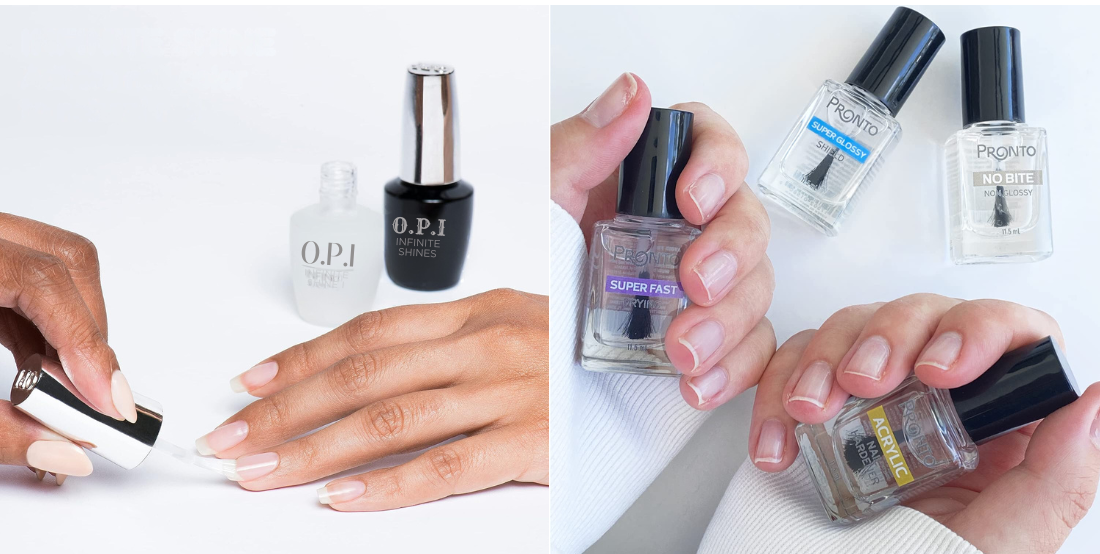
Gel polish applications offer a shine and durability that traditional polishes can't match. Unlike regular lacquer that can air dry, gel requires a curing light to set. This means that once you leave the nail salon, your nails are completely dry and resistant to smudging, a significant advantage over traditional nail polish.
When to Redo Your Gel Manicure
You'll know it's time to redo your gel manicure when the color begins to lift at the edges or when new nail growth starts to show at the base. On average, this is around the two-week mark, but with excellent care, some can stretch their gel mani for up to three weeks.
The Cost of Gel Manicures
While gel manicures can have a higher cost upfront compared to regular polish, their longevity and the reduced frequency of salon visits can make them a cost-effective option in the long run. The investment in a gel mani is often justified by the extended wear time and the professional finish that is hard to achieve with regular polish at home.
DIY Gel Manicures
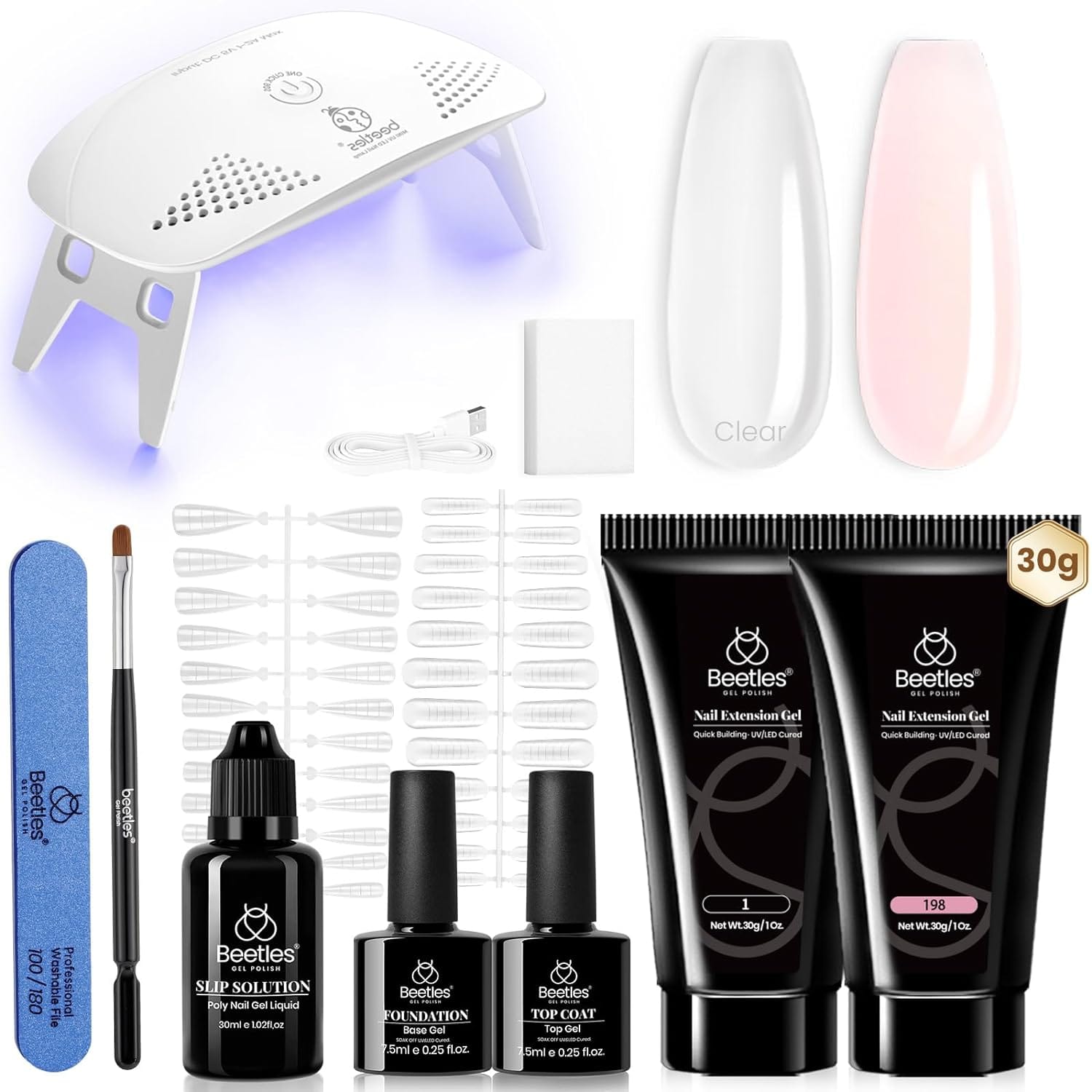
For those who prefer the DIY route, at-home gel kits are available. These kits include everything you need, from the gel polish to the LED lamp. While the initial investment for the equipment might be high, being able to perform a gel mani at home can save money over time.
Nail Art and Gel Polish
Gel polish is not only about a clear coat. It's a versatile medium for nail art. The hardened layer of gel polish provides a perfect canvas for intricate designs that can last as long as the base gel manicure. This makes gel polish a favorite among nail art enthusiasts.
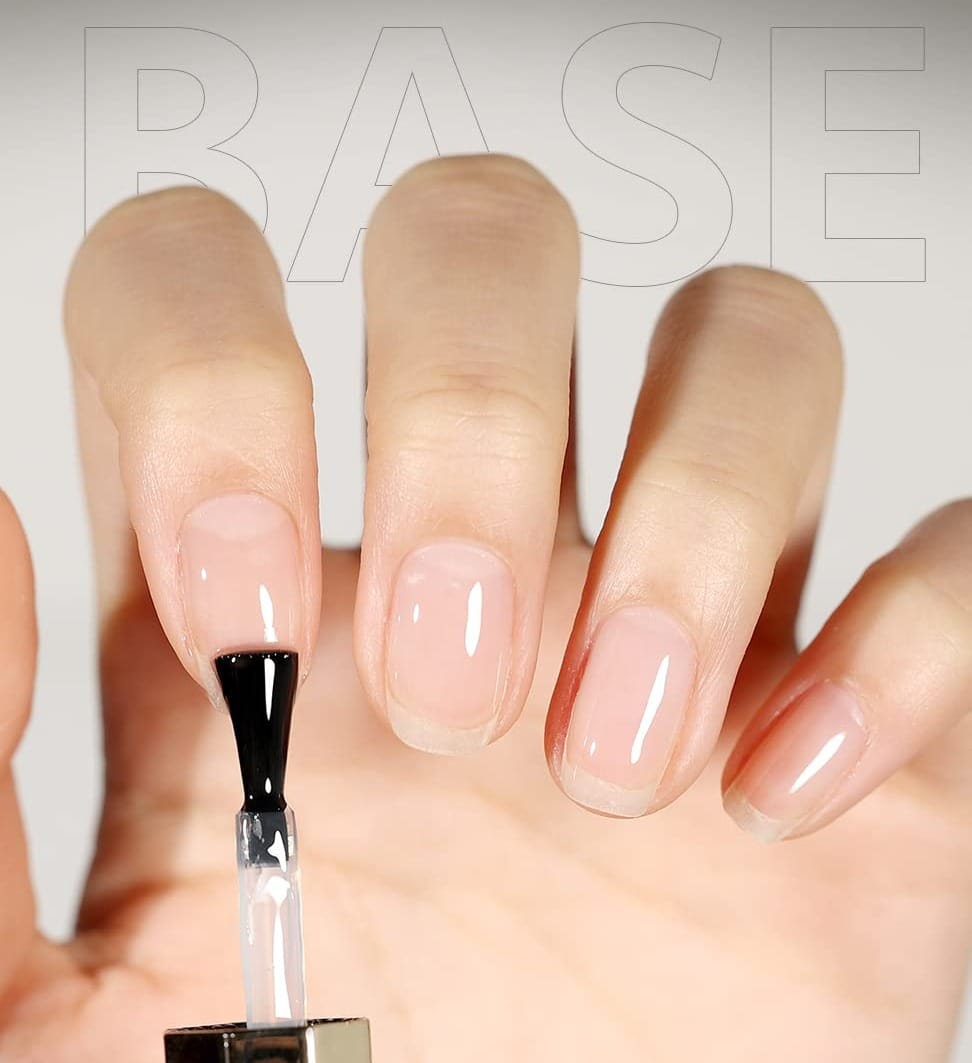
Keeping Nails Healthy Between Gel Manicures
It's essential to give your nails a break between gel manis to prevent nail damage. During this time, nourish your nails with treatments and oils to restore moisture and strength. This will ensure that your nails remain healthy and can support the next gel application.
Summary
Clear gel polish is a popular choice for those seeking a long-lasting manicure. With proper application, maintenance, and removal, a clear gel can last on nails for two to three weeks. While gel manicures offer many benefits over traditional nail polish, it's important to consider nail health and take precautions against UV exposure. By following these guidelines, you can enjoy the beauty of gel nails while keeping your natural nails safe and healthy.
FAQ Section
How often should I get a gel manicure?
It's recommended to get a gel manicure every two to three weeks, depending on how quickly your nails grow and how well the gel polish is holding up. However, it's also important to give your nails a break occasionally to prevent nail damage.
Can I remove gel polish at home?
Yes, you can remove gel polish at home using acetone and foil wraps or a specialized gel polish remover kit. It's important to follow the proper steps to avoid damaging your nails.
Is getting gel manicures safe for my nails?
Gel manicures are safe when applied and removed correctly. It's crucial to go to a reputable nail salon where nail techs use safe practices and care for your nails between appointments by hydrating them with cuticle oil and treatments.
